
Roger Pellett
-
Posts
4,519 -
Joined
-
Last visited
Content Type
Profiles
Forums
Gallery
Events
Posts posted by Roger Pellett
-
-
Very nice work, Glen! Your models just keep better and better.
Your right, ventilation was critical. You might say that these Galleys were fueled by oxygen. Where we lived in Ohio, both the local college and high school had very competitive rowing teams that regularly competed in the large Eastern Regattas. The college had a machine used to assess the potential of rowing candidates. It worked by measuring the body’s ability to metabolize oxygen.
Roger
-
-
54 mm is a very common size for well proportioned military figures. This equates to a scale of 3/8 in = 1ft-0in, or if you prefer 1:32. Using this and a simple proportion you can determine the scale for the figures that you are considering.
Roger
- mtaylor and Keith Black
-
 2
2
-
-
Benjamin Noble was outfitted with two 3200# National pattern stockless anchors. Anchors were and still are essential navigational tools for vessels sailing on the Great Lakes. Visitors to Duluth are sometimes surprised to see several ship anchored offshore. Last week there were several 1000 Footers. This happens because dispatchers cannot always synchronize unloading in one port with loading in another. Once a ship enters port she begins to incur all sorts of miscellaneous charges so she anchors offshore until the loading facility is ready to receive her. With very few exceptions, Duluth is one, Great Lakes port’s are very small. Many are nothing more than the mouths of rivers draining small watersheds. Before vessels were fitted with bow and stern thrusters, anchors could be used to help maneuver. By dropping an anchor while slowly moving ahead a vessel could turn itself around within a short distance. And of course, the anchors could be dropped in a sheltered place to “wait out weather.”
Making Benjamin Noble’s two anchors is best treated as building two small stand alone models. There were many different patterns of patented stockless anchors. Fortunately there is a National Pattern one on display in Duluth’s Canal Park. There is also an article in an old Nautical Research Journal that includes a drawing and a table of dimensions. The full sized anchors were steel castings and I originally thought about casting mine using a carved wooden pattern. I eventually decided to use my favorite material; brass, soldered together. So, the first step was to break the complex shape of the anchor into simple geometric shapes:
Flukes- cut from sheet brass
Bottom plate- sheet brass
Shank- square brass wire
Bottom weight- round brass rod
Reinforcing fins- brass square tube.
Patterns for the flukes and bottom plates were made by expanding the NRG drawing with a Xerox, tracing the various parts on Mylar and then Xeroxing them down to the proper scale. I have recently been experimenting with an Elmer’s brand PVA glue formulated for gluing porous materials to nonporous ones. This did an excellent job of gluing the paper patterns to the brass. I don’t own a jewelers saw, but found the shapes to be easily shaped using needle files.
The semi-circular bottom weight was milled using from brass rod and parted off in the lathe but could have been filed to shape. The anchors were built as two sub assemblies; flukes and bottom plate, and lower, semi-circular weight and fins.
To join the upper and lower assemblies, I used JB Weld Epoxy as I was concerned about solder heat damaging previously soldered joints. When using this on metal my luck has been hit or miss, sometimes a good bond, sometimes not. In this case the shank passing through both the upper and lower assemblies locks them into place. The white paint is primer. Later they will be painted black.
Roger
- Keith Black, Cathead, shipmodel and 11 others
-
 14
14
-
My favorite “Higgins Boat” is the LCP(L) and it’s sister the LCPR. The Franklin D. Roosevelt Library has a set of Higgins Boat models and the LCP(L) makes a surprisingly attractive model. The LCP(L) was Higgins’ original adaptation of his Louisiana Bayou Eureka workboat into a landing craft. These boats landed Marines at Guadalcanal and soldiers during the Torch landings. The LCPR was a LCP(L) modified to add a narrow front ramp these were used by Navy UDT teams throughout WWII. The LCVP utilized the LCP(L) after body hull lines but added a new fore end to provide a full width bow ramp.
An LCP(L) is on my ship modeling bucket list. It would be a surprisingly difficult model as the scantlings are quite small.
There is a restored LST (LST 325 in Evansville, Indiana where many were built. They have several LCVPs, all the later fiberglass construction. They have a number of original LCVP drawings on their website.
Roger
-
-
Charles Robert’s book that Al posted above is great. Also, there is a series of articles in several past issues of the Nautical Research Journal documenting the restoration of an LCVP. These articles include original BuShips drawings used to restore the boat. This includes a hull lines drawing. The actual hull shape is more complex than it appears from most photos. You can find ordering information for past articles by first using the Guild’s online index and then calling the Guild’s office.
Roger
- tom q vaxy, NavyShooter and mtaylor
-
 3
3
-
More random thoughts:
Stability- Naval Architects separate this subject into two two topics; initial stability and range of stability. For riverboats that sail in protected waters, the concern is initial stability. This defines the “tippyness” of the hull. Vessels with low initial stability do not necessarily capsize. Instead, they heel to the point where forces realign. If this causes openings in the hull to become exposed the vessel can then continue to heel and to ultimately capsize due to free surface water flooding the hull. A classic but tragic example of this is the steamer Eastland that capsized while moored to her dock in the Chicago River. Initial stability is highly dependent on hull form. A fine lined yacht can have relatively low initial stability even though it’s Center of Gravity is very low due to its heavy keel. Vessels with wide shallow hulls like riverboats have high initial stability even though their towering upperworks make them appear to be unstable. The same is true of those ugly cruise ships.
Passengers- I agree that Peerless was not built to haul passengers. She therefore had no need of grand staircases that took up valuable cargo space. Riverboats were, however, chartered on occasion for outings. On the Great Lakes, both steamships and sailing vessels carrying cargo did accept the occasional paying passenger. This is documented by shipwreck accounts where one or two passengers are among the casualties. I would assume that the same would be true of these small steamboats wanting to pick up extra revenue.
Chimneys- Boats called Pool Boats were common on the Ohio River in later days. These boats were fitted with folding chimneys that could be be lowered when passing under bridges. The counterweighted hinge was located at the level of the pilot house roof. The W. P. Snyder Jr, the only surviving example of a steam Stern wheel Towboat, has folding chimneys. I am not suggesting that Peerless had folding stacks. There are many pictures of the Snyder on the internet, some with her stacks folded. These show straight pipes. She also has what appears to be stand off heat shields on the backside of the stacks to protect crew working in the area.
Misc- The Snyder is the centerpiece of a small Ohio River Museum located at Marietta, Ohio. She enjoys National Historic Landmark Status, and is financially supported by the State of Ohio. She was recently towed to Louisville, Ky to celebrate the 100 year Birthday of the Belle of Louisville. She is worth a visit.
Roger
- mbp521, Cathead, Keith Black and 4 others
-
 7
7
-
Resawing is a chore for most bandsaws. First of all, the blade has to track well. I have also found that more power seems to be required to cut with the grain than across the grain. I think that this is because the blade wants to follow the path of least resistance, the softer wood between the rays that define the grain. It takes power to get the blade to cut straight. My bandsaw originally was powered by a 1/2 hp motor. I replaced it with a 3/4 hp. I doubt if these hobby sized saws have this much power.
Roger
-
The stacks of Passaic Class monitors were also painted with identifying colored bands.
- mtaylor, mbp521, Keith Black and 3 others
-
 6
6
-
These river boats were often decorated by various devices suspended between the stacks. Now it all makes sense. The stacks were too hot to paint. That brings up another interesting question. The stacks of Civil War River Gunboats were painted with identifying colored bands. Were these separate, offset from the actual stacks?
Roger
- Canute, mtaylor, FriedClams and 5 others
-
 8
8
-
Wefalck,
A great question! That appears to be a detail that is surprisingly hard to pin down. I recently bought a copy of Marine Steam published in 1916 by boiler manufacturer Babcock & Wilcox to answer that very question for my current Great Lakes Steamship project. Nothing about smoke stacks.
By the early 1900’s, later than this model, marine engineers clearly understood how to maximize thermal efficiency by capturing waste heat. There were feedwater and combustion air heaters that were heated by stack gas, but the power plants for these boats were assembled by backwoods mechanics, not Scottish marine engineers. Also, American fuel was cheap and this boat did not usually make long voyages, so I would suggest that these tall stacks were single pipes. These boats often had an air gap between the stack and wooden decking. This was covered by a metal jacket similar to the canvas boots around the bases of masts for sailing ships.
I recently read a memoir by a Great Lakes Ship Captain. The stack on his ship would sometimes get red hot. When that happened, he could signal the Engineer by whistle. He, the Engineer, would hose down the stack.
The Ladies? I suspect that the photo was taken with the plant cold.
Roger
- Cathead, Ras Ambrioso, Keith Black and 4 others
-
 7
7
-
Eric, some random thoughts: A problem for me at least, is determining the age of people in old photos, particularly women. Looking at your photos, it’s possible that the women standing on the forward edge are quite young and wouldn’t have minded the daring for them act of climbing a ladder to get their picture taken.
During the 1940’s a sidewheel passenger steamer named the Island Queen hauled passengers from Cincinnati to the Coney Island Amusement Park on the Ohio River upstream. A feature of the trip was that passengers were allowed in the engine room! I made the trip when very young and still remember the huge cranks turning the paddlewheels. It may seem unlikely but it’s possible that your stairwell extended into this space.
If all else fails, build yourself a cardboard staircase and see where it fits in. Building standards for stairwell rise cannot have changed that much over the years. Form follows function.
Roger
- Keith Black, Cathead, FriedClams and 3 others
-
 6
6
-
A number of years ago a local organization held an event involving dinner followed by screening of the movie Master and Commander. To add atmosphere to the evening I brought a Dockyard style model that I had built- exposed framing below the bends. An otherwise intelligent lady, in all seriousness asked how the vessel floated with the holes in the bottom.
Be prepared for people to ask you if that large hole that you left in Titanic’s bottom is what caused her to sink! 😆😆
Roger
-
You may discover that when you finish this model, that you are the expert! Although there are some very well financed prestigious institutions scattered around the World at the local level most museums run on a shoestring and can’t attract knowledgeable staff. It’s also amazing how many locally built boats have been researched by amateurs. The expert on birch bark canoes was an amateur. Howard Chapelle published his research in book form.
Roger
- mtaylor and JacquesCousteau
-
 2
2
-
Yes, you are exactly right. Philadelphia and her sisters were large Bateaux. The Lake Champlain Maritime Museum has built a replica of Philadelphia. This is an exact duplicate of the original vessel preserved in the Smithsonian Institution, not one modified to haul passengers in accordance with USCG regulations. The boat was found to be a fast sailer downwind but unmanageable under sail when attempting to point higher.
The Spanish Government did build and sail a fleet of boats on the Mississippi River. I no longer have the book about it, but my recollection is that these were Galleys built to be rowed, with auxiliary square sails used when wind was favorable. My personal experience though is that people with little or no formal technical education are remarkably good at inventing solutions to everyday problems. IMHO, our current electronics, or if you prefer “tech” culture has done much to stifle this sort of innovation. I, therefore, believe that the people who lived along these lakes were quite capable of “designing” and building these craft to meet local conditions.
Square vs Lug rig- Do you think that square sales and lug sails were used on the same boat, or were some boats always square sailed and some always lug rigged? If the former is the case, then that is an interesting innovation; different rigs for different conditions. If the latter, did hull forms for square rigs differ from those for lug rigged?
You are really sailing into unknown waters!
Roger
- mtaylor and JacquesCousteau
-
 2
2
-
I believe that the downward curve in the bowsprit is to keep the luff of the jib straight and tight. If the luff of the job is allowed to sag to leeward the boat will not sail well to windward. If the bowsprit is straight, the tension of the fore stay, or in this case the job luff causing the bowsprit to bend upward shortens the hypotenuse of the fore triangle reducing the job luff tension. If the bowsprit is bent down, job luff tension slightly lengthens the bowsprit maintains job luff tension.
Roger
-
Many years ago, I built a model of a “Bateau.” While bateau in French simply means boat, in colonial North America a Bateau was a rowing boat with very specific characteristics; flat bottom, usually no keel, and double ended. Their construction was similar to the craft that you are building. These boats were essential for hauling things in the roadless areas on the North American Colonies. The British Army built them in the 1000’s in the 2nd half of the Eighteenth Century.
During the 1760’s a number of large Bateaux were used on Lake Erie to supply the settlement at Detroit. These Bateaux were fitted to sail; probably with a single square sail, like your Canoa de Rancho. I have long felt that the rigging on my model was too elaborate; especially as these flat bottom keeless boats are not intended to sail upwind. Your photos are, therefore, interesting as they show boats with square sails controlled only by their sheets. No braces are shown.
Roger
- JacquesCousteau and mtaylor
-
 2
2
-
-
A boat that I used to sail on was fitted with a bow thruster. It was one speed, simply on/off and left and right. It was controlled by a joy stick in the cockpit; probably hooked to nothing more than a three position switch. Probably little reason to control speed by RC. You could mount some sort of speed controller within the hull to adjust it for correct RPM’s by trial and error.
Roger
-
Beautiful work!
I can’t remember where I read this but WW 2 Navy specs required that anti-fouling paint for ships’ boats be prepared by mixing copper powder in black paint. The dried paint would have appeared black. Maybe Enterprise’s Bosun’ liked red paint better or maybe it was the First Lt.!
Roger
-
-
Too bad I didn’t get to give you a personal tour of Meteor! In 2005 there was a dedicated effort to display Meteor out of the, mud that she is buried, in and to restore her to a period of Historic Significance. I volunteered as Project Engineer/ Historian. It was a fascinating project. Unfortunately, the museum director that supported the project left and the current one seems hostile to the idea. IMHO properly restored she could have rivaled Wisconsin’s two other well run maritime museums at Manitowoc and Sturgeon Bay instead of just another a decaying tourist attraction. I was able to document her. First with a monograph describing her relatively intact 1896 machinery plant, and later with a book published by an academic press on the history of the whaleback ship.
Thanks, for jogging my memory about the Henrietta. I was dimly aware of an excursion steamer on the St Louis River. Somewhere I have seen a picture. Unfortunately, I will be fortunate to finish the projects already on my ship model bucket list before I am consigned to a care facility or worse. At my age time passes too quickly.
Roger


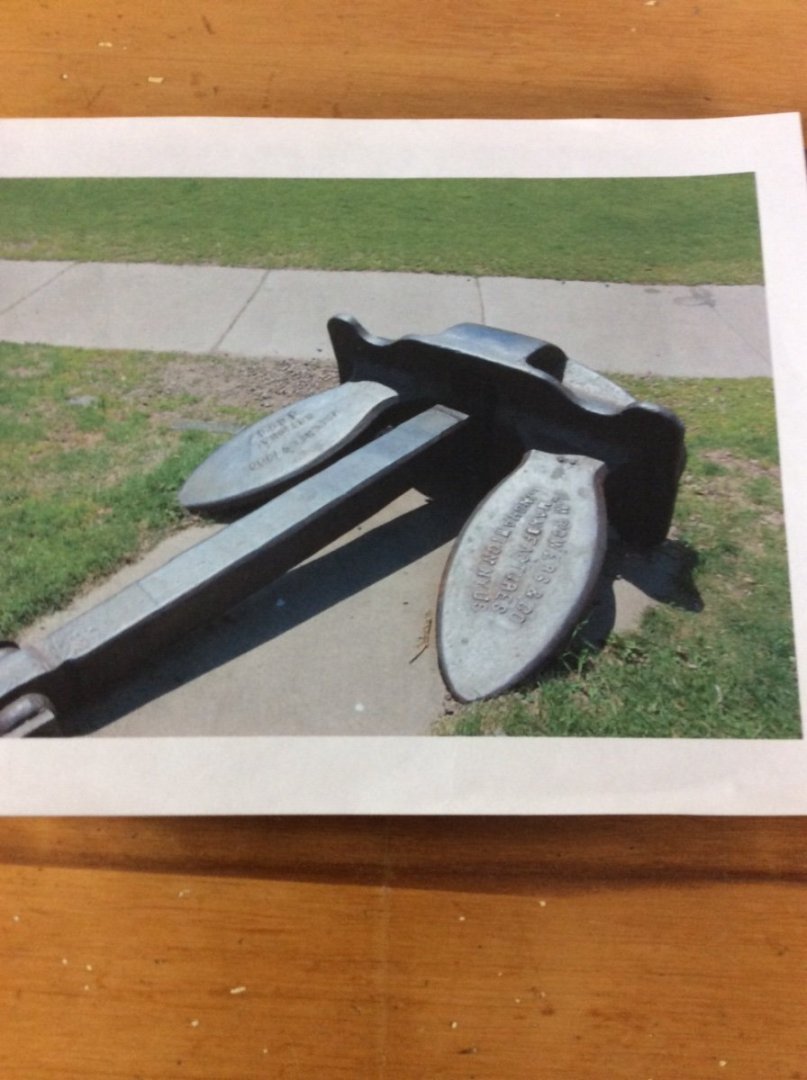
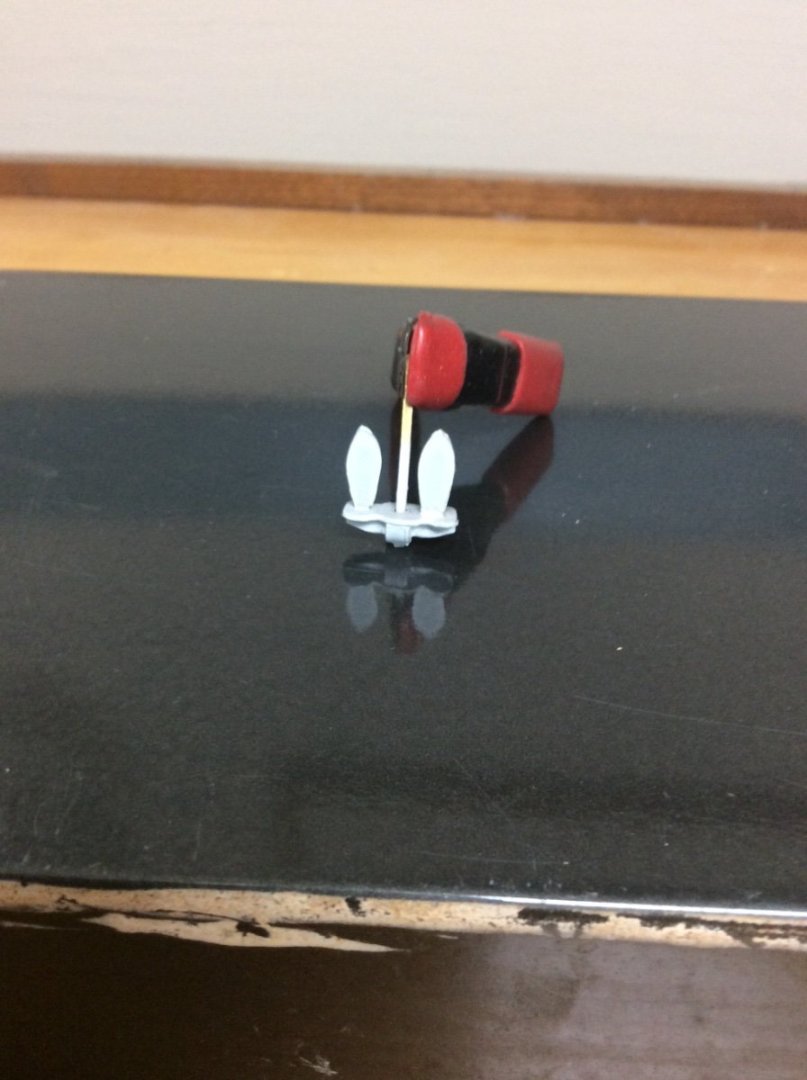

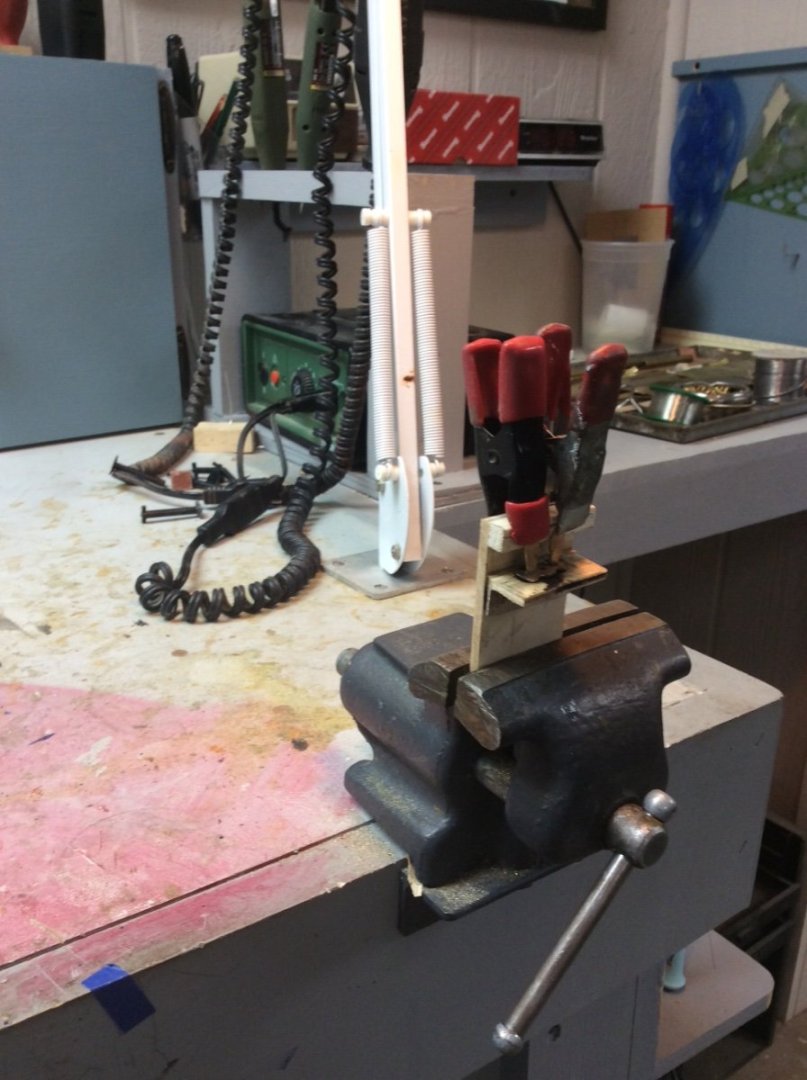
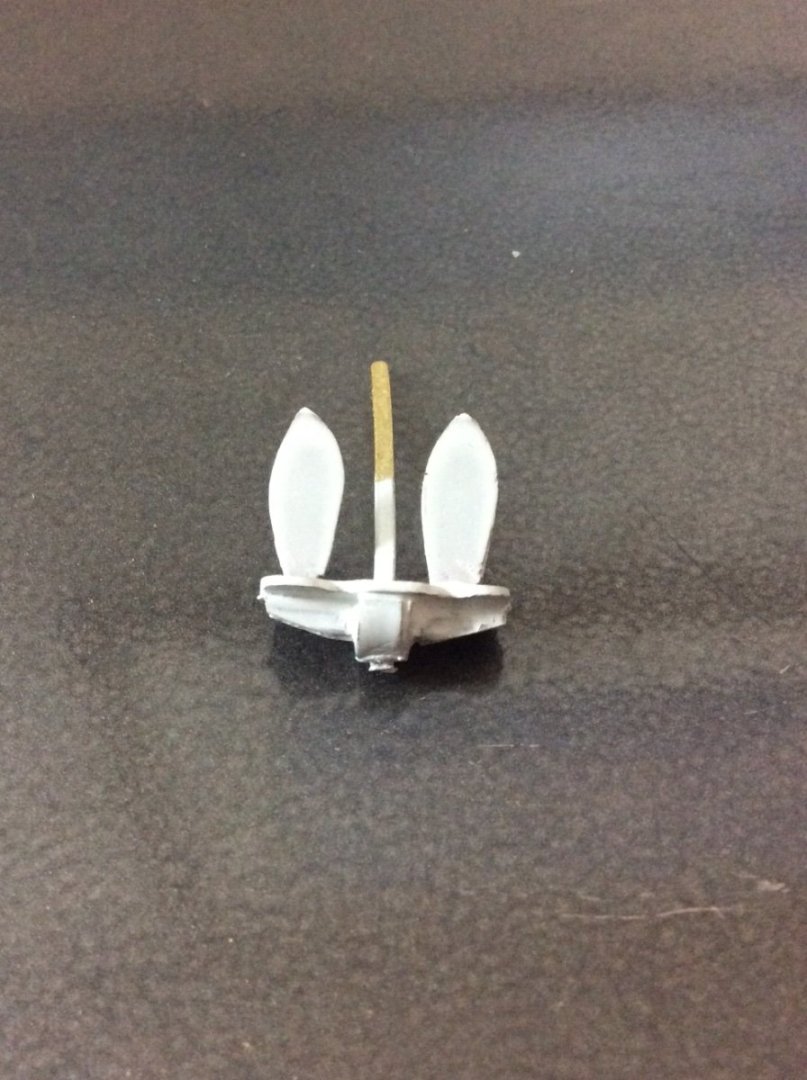
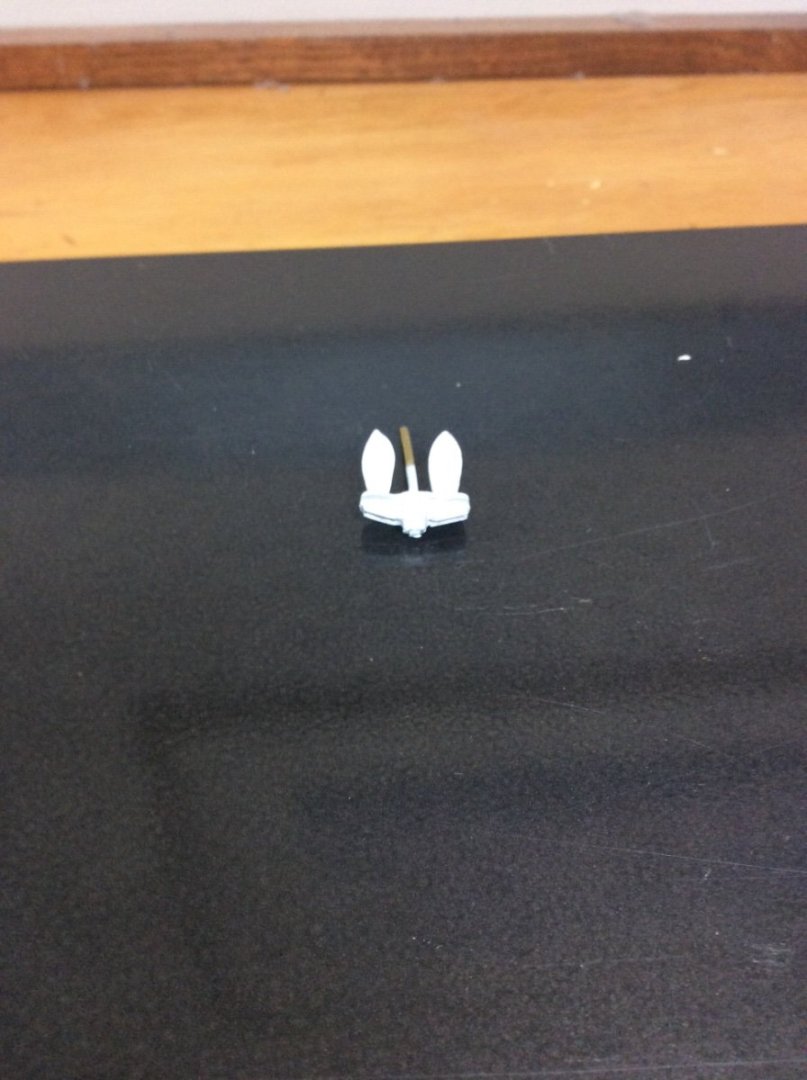

Our Back Issues/Articles Section has ben updated Now containes Volumes 31-50
in NAUTICAL RESEARCH GUILD - News & Information
Posted
A sales pitch: I continue to be astonished by the number of questions posed on MSW that can be answered by referring to past issues of the Journal. Members who joined recently may not realize that back in the 70’s, 80’s, and 90’s were loaded with real ground breaking research not included in today’s issues. With the NRG’s online index these should be the “first stop” for ship model research.
Roger